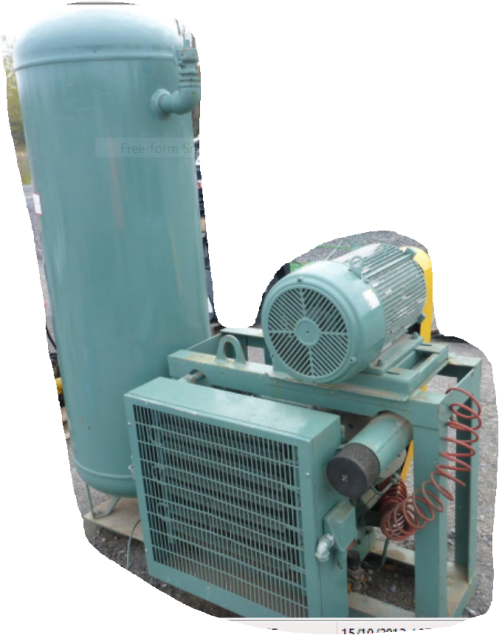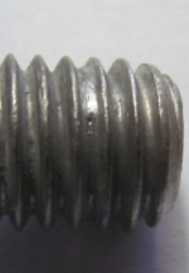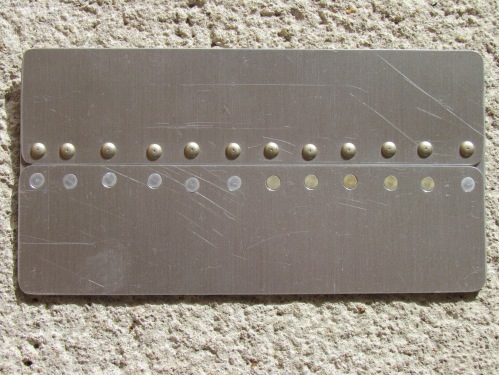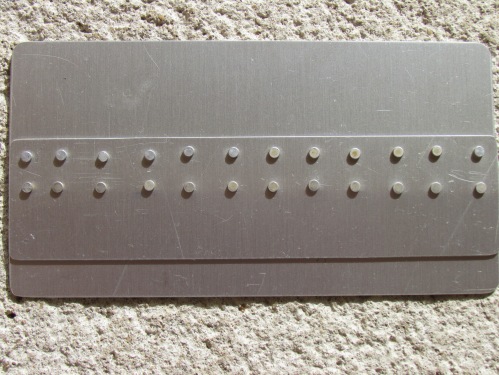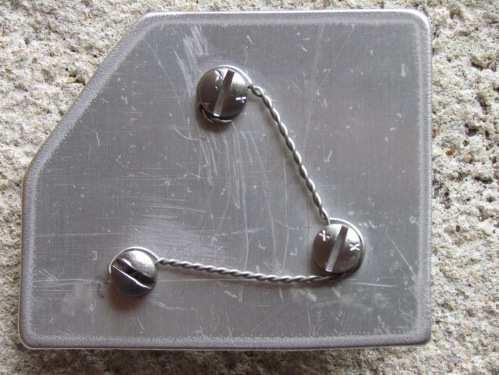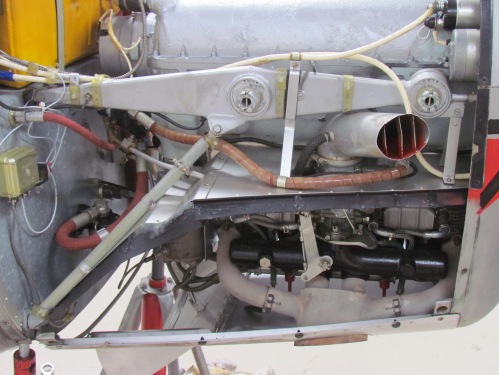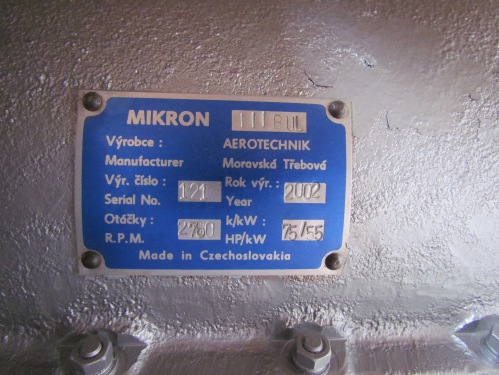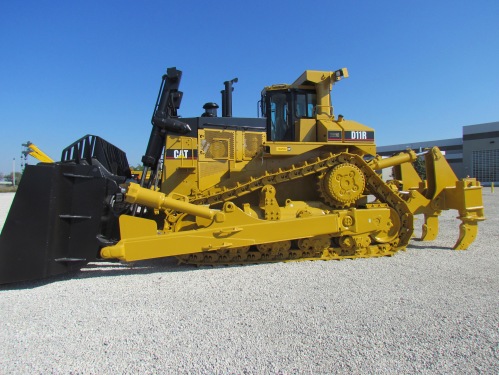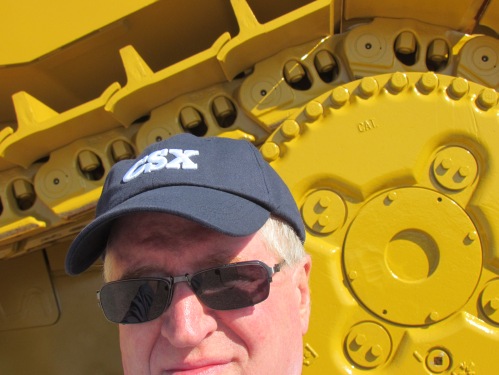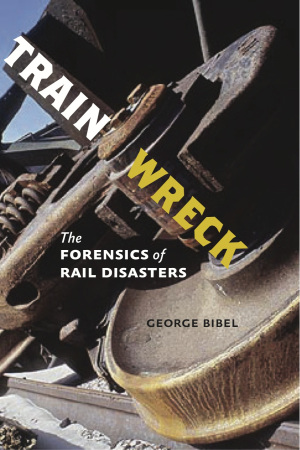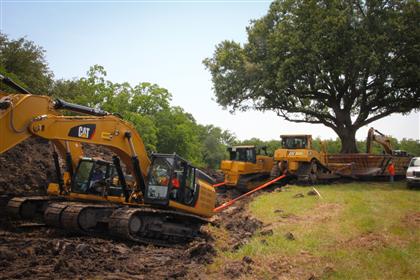One of things on my “must do” list was to drive a large steam locomotive. This past week at The Essex Valley Railway in Essex Connecticut I did just that.
I operated the locomotive for 2 hours. The total round trip distance was about 25 miles.
Because I booked two hours, we went north to the end of the line. I am the first person to operate a steam locomotive over the last 5 miles of track since the 1950s.
Engine #3025 is a large locomotive used on main-line railroads in the 20s, 30s, & 40s. The locomotive and coal tender together weigh 150 tons.
Steam locomotives are complicated machines to operate and maintain. #3025 has “Trofimoff” steam control valves which require setting. Each time you stop, change direction, or when a novice “engineer” allows the steam pressure in the valve to drop too low, it must be re-set.
To conserve steam (water + coal), the stroke of the Trofimoff valve is reduced once the engine is moving.
The law requires the railroad to use coal with low sulfur content and low volatiles. It is metallurgical coal used in steel making. At $250 per ton, the cost to “steam” these locomotives is very high. The Fireman shovels all the coal by hand!
It was a fantastic experience! I highly recommend it to anyone with an interest in large machinery of any kind.
Regards, Jon (Student Steam Locomotive Engineer)

